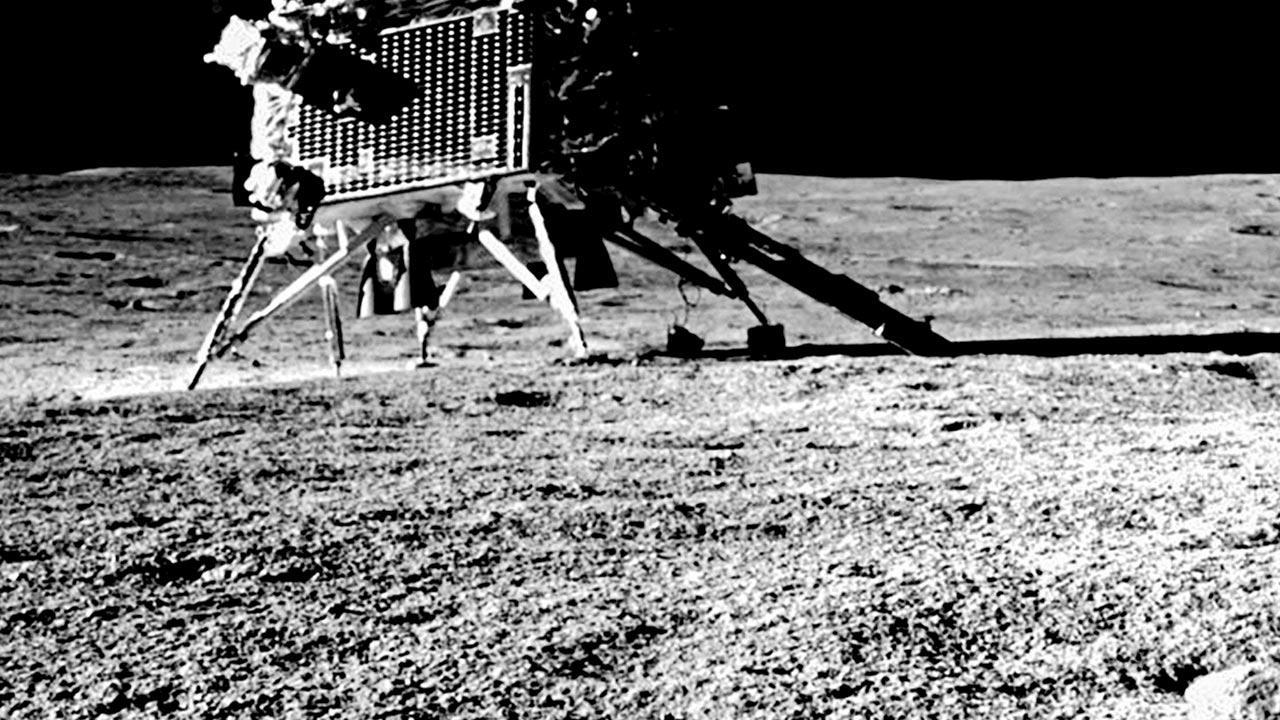Aditya-L1 spacecraft is designed for providing remote observations of the solar corona and in situ observations of the solar wind at L1 (Sun-Earth Lagrangian point), which is about 1.5 million kilometres from the earth

In this image released by ISRO on Wednesday, Vikram Lander is seen on the surface of the Moon as captured by the Navigation Camera (NavCam) onboard Pragyan Rover. Pic/PTI
Key Highlights
- The mission is scheduled to be launched on September 2 at 11.50 am from Sriharikota
- Aditya-L1 spacecraft is designed for providing remote observations of the solar corona
- The Aditya-L1 mission, aimed at studying the Sun from an orbit around the L1
Giving an update on its Aditya-L1 mission to study the Sun, ISRO said on Wednesday the launch rehearsal and the rocket’s internal checks have been completed.
The mission is scheduled to be launched on September 2 at 11.50 am from the Sriharikota spaceport.
ADVERTISEMENT
Aditya-L1 spacecraft is designed for providing remote observations of the solar corona and in situ observations of the solar wind at L1 (Sun-Earth Lagrangian point), which is about 1.5 million kilometres from the earth.
It will be the first dedicated Indian space mission for observations of the Sun to be launched by the Bengaluru-headquartered space agency.
The spacecraft - the first space-based Indian observatory to study the Sun - will be launched by PSLV-C57 rocket.
“The preparations for the launch are progressing”, ISRO said in a social media post today. “The Launch Rehearsal - Vehicle Internal Checks are completed”.
The Aditya-L1 mission, aimed at studying the Sun from an orbit around the L1, will carry seven payloads to observe the photosphere, chromosphere and the outermost layers of the Sun, the corona, in different wavebands.
Aditya-L1 is a fully indigenous effort with the participation of national institutions, an ISRO official said.
The Bengaluru-based Indian Institute of Astrophysics (IIA) is the lead institute for the development of Visible Emission Line Coronagraph payload. Inter-University Centre for Astronomy and Astrophysics, Pune, has developed the Solar Ultraviolet Imager payload for the mission. Aditya-L1 can provide observations on the corona, and on the solar Chromosphere using the UV payload and on the flares using the X-ray payloads. The particle detectors and the magnetometer payload can provide information on charged particles and the magnetic field reaching the halo orbit around L1.
This story has been sourced from a third party syndicated feed, agencies. Mid-day accepts no responsibility or liability for its dependability, trustworthiness, reliability and data of the text. Mid-day management/mid-day.com reserves the sole right to alter, delete or remove (without notice) the content in its absolute discretion for any reason whatsoever
 Subscribe today by clicking the link and stay updated with the latest news!" Click here!
Subscribe today by clicking the link and stay updated with the latest news!" Click here!







